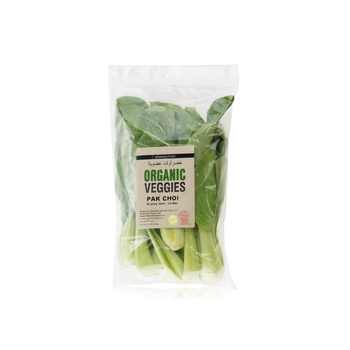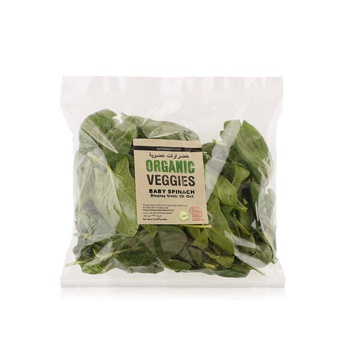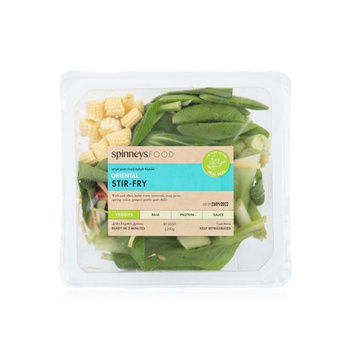AAA Growers is a family-run business that operates on a global scale. How did your story begin?
Farah: We started out in farming by accident. After studying abroad, my husband returned to Kenya and began a small side project with friends doing tomato farming. This was more of a weekend hobby for fun, but the consequence of this experiment was that we decided to try growing fine beans. It was a long time ago, and at that point, Kenya was exporting large volumes of beans. We wanted to scale up and luckily the World Bank financed us as a startup.
Our first farm was in Thika. It was a novel project. We really knew very little about farming – I would say almost nothing – and we were really lucky to meet a lot of great people along the way who were helpful and able to give us a hand with anything we didn’t know. So, we started off growing fine beans and then baby corn, which was a traditional crop for Kenya.
And soon after that, we came across (what is now world-famous) tenderstem broccoli. This originated in Zimbabwe and it’s a cross between conventional broccoli and Chinese kale. We were given the right to grow that crop and that was really the beginning of a great adventure.
How many farms do you have today?
Farah: We have a total of four farms including our fi rst one in Thika, which is called Hippo. It sits at 1,500 metres in altitude and is purely a vegetable farm. We have a combination of open-fi eld and greenhouse production there and it has a dedicated high-care convenience facility. Our second farm is Chestnut at the foothills of Mount Kenya, which is where we tend to grow all the herbs. It also has a bespoke packhouse facility. Simba, in Nyahururu, is our largest and perhaps most varied farm – we grow vegetables, roses and avocados there. And finally Chewy is where we grow roses, exclusively at a very high altitude.
Be it for vegetables, herbs, avocados or even roses – why is growing in Kenya a dream?
Farah: Kenya is one of a handful of places in the world sitting on the equator. It is marvellous as we can grow for 52 weeks of the year. Yes, we have two traditional rainy seasons, so sometimes we have little bumps in the road, but generally speaking, for 45 weeks of the year we have beautiful weather, great temperatures, super conditions and climatically it’s just incredible. You don’t need to do much; things grow naturally, the weather is amazing and the people are all coming from farming backgrounds, so it’s intrinsic to who we are.
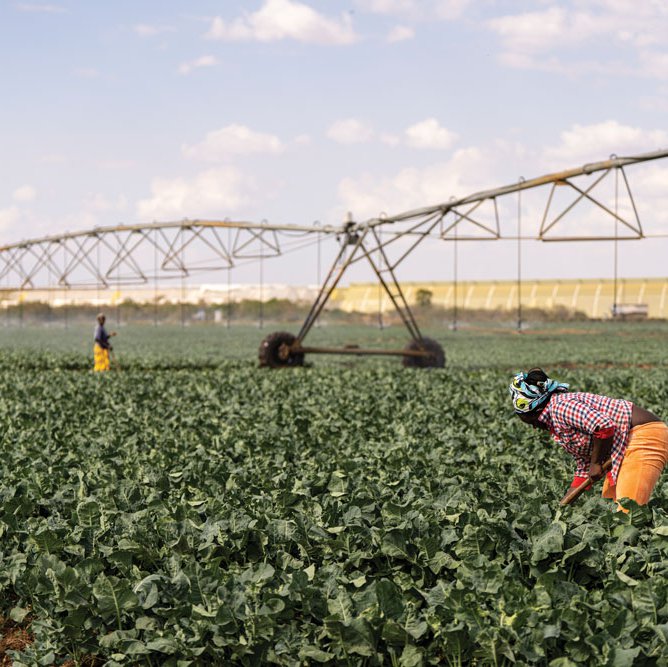
Tenderstem broccoli is AAA’s largest vegetable crop
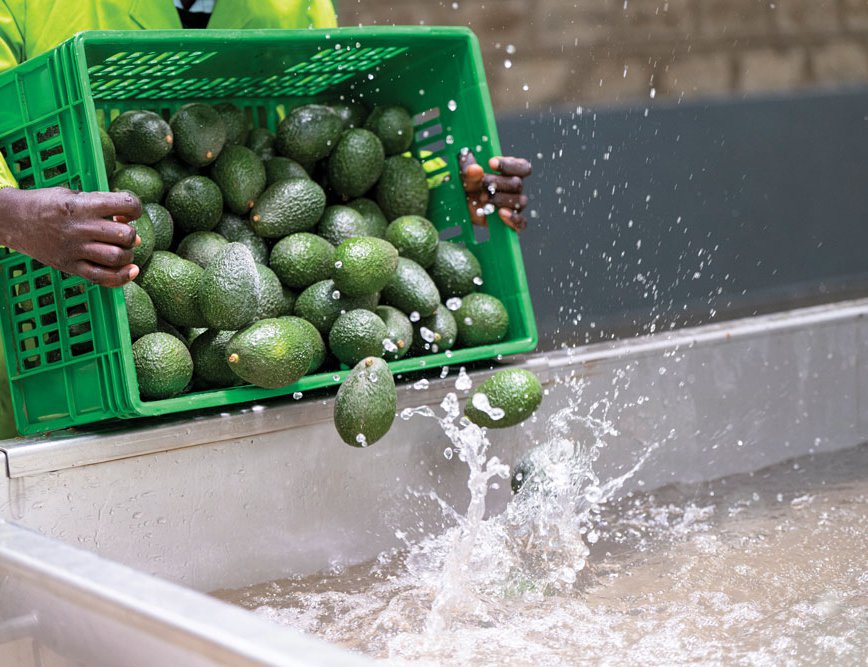
Avocados are washed after being picked
From fine beans, baby corn and tenderstem broccoli, AAA now grows over 40 vegetable crops – tell us about these and your processes.
Frank: AAA is actually the third largest grower and exporter out of Kenya today. And because 90 per cent of our products come from our own farms, we’re able to manage the entire process – from growing to food safety and postharvest handling. As Farah mentioned, our crops are spread across our different farms which are located in different geographical areas, which allows for variation and keeping up with demand. Our largest vegetable crop is tenderstem broccoli, but we also have capsicums, courgettes, pak choi, salad leaves, baby leaves, onions, spinach, runner beans, collard greens, garden peas, chillies and more. We’re known for our Ready-to-Cook and Ready-to-Eat products – all of which are prepared in high-care facilities with strict hygiene controls.
Tell us about your herb production at Chestnut Farm.
Frank: Chestnut sits at 2,000 metres above sea level. It’s not only good for some of our vegetable crops, but also for growing coriander, parsley, chives, dill, rosemary, oregano, sage, mint, thyme, marjoram and more. Like Simba, we have both open-fi eld growing and covered production – which allows us to grow herbs all year round. Because of the packhouse facility on the farm, we’re able to process all our own products. Being in control of the cold chain means we can guarantee quality and freshness.
From the time the herbs are harvested, how long does it take for them to appear on our shelves at Spinneys?
Frank: Once the herbs are harvested, they’re cooled, graded and packed. We transport all our products in our temperature-controlled trucks – again ensuring quality – and these are driven to the airport each morning after harvesting. The products should be in Dubai within 48 hours maximum of being picked. A similar process, with similar strict controls, happens for our Ready-to Cook and Ready-to-Eat products, too.
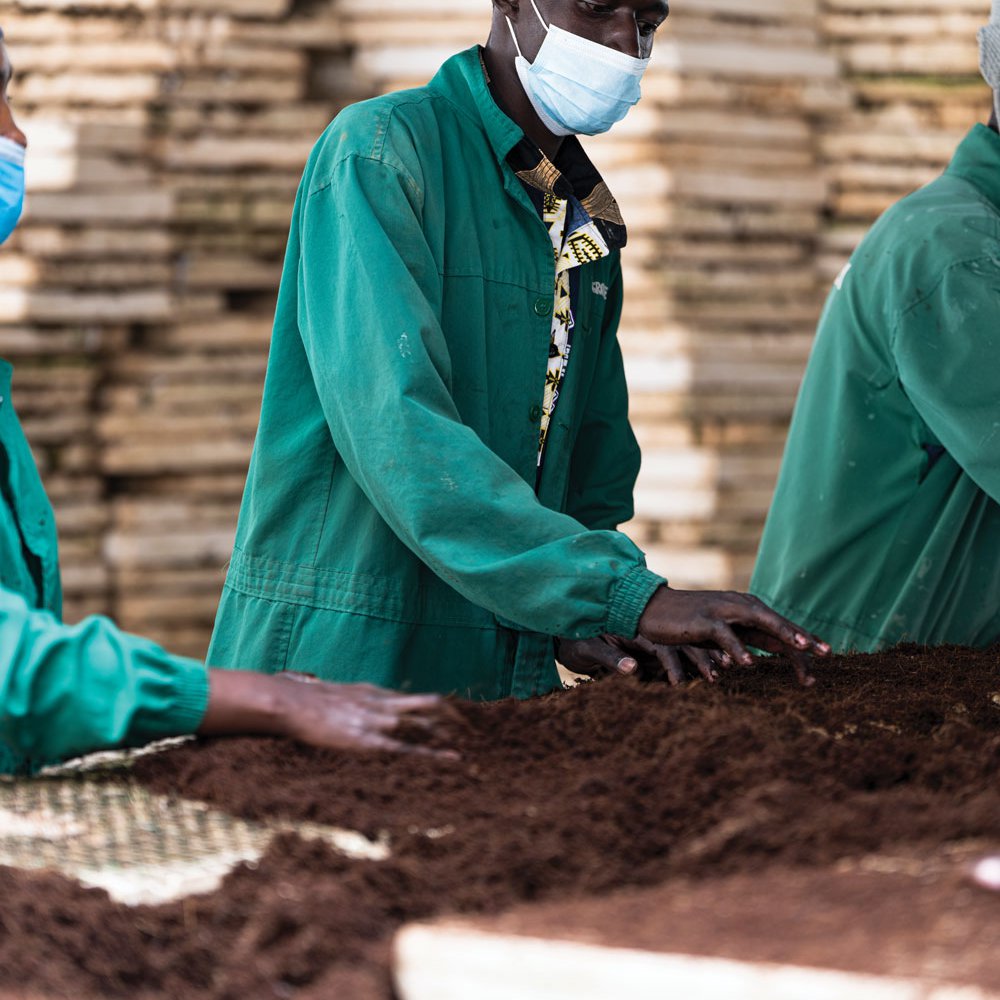
Soil being prepared for manual seeding
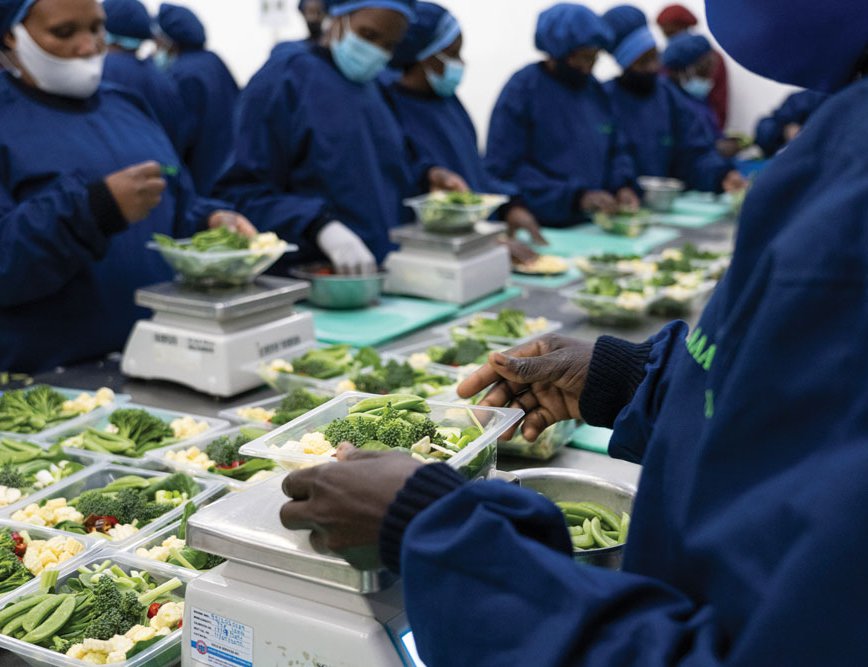
SpinneysFOOD stir-fry mixes are carefully weighed and packaged while adhering to strict hygiene controls
Tell us about AAA’s vegetable nursery.
Frank: AAA’s investment into a nursery happened because we needed to and wanted to be in full control of the growing process – from each seed to the point of packing and dispatching each product. The nursery is situated on Simba farm and houses up to 2,000,000 seedlings for all our various planting programmes. Once a seed has been planted, the seedling will take two to three weeks to grow. The nursery prepares seedlings to withstand harsh conditions in the fi eld. It also protects them from external elements such as rodents and moisture. We have a 90 per cent germination rate, which is good for a farming operation such as ours.
Do you plant these seeds by hand or mechanically?
Frank: We do both. Machine seeding takes care of small-sized seeds and allows for better accuracy in terms of germination. Manual seeding works for specific crops. All seeds are put into coconut peat, which is a great base for the seeds to germinate. So, once we do that, they are taken into a heating area where the humidity and the temperature are well controlled in order to achieve the germination rate that we are looking for.
From seeds, seedlings, vegetables and herbs to avocados – tell us about your foray into growing this fruit.
Farah: The avocados are very much a new adventure and venture! We started off three years ago planting about 30 hectares and we’re now at 45. By the end of this year, we aim to be at 100. Our first orchard is already organically certified and we’re using that as our pilot to drive the regenerative farming agenda. Growing avocados is definitely very different as we’re dealing with tree crops – we’re used to growing bush and vegetative crops, so we’ve learnt along the way. The variety we’re growing is Hass. They’re creamy and have a great texture.
Why do you enjoy working with Spinneys?
Farah: The way Spinneys deals directly with growers has been a fantastic experience. We’ve been able to work hand in hand with the team to bring new concepts to market, quickly. So far, the growth has been tremendous for both sides, and it’s great to have such a reliable partner.
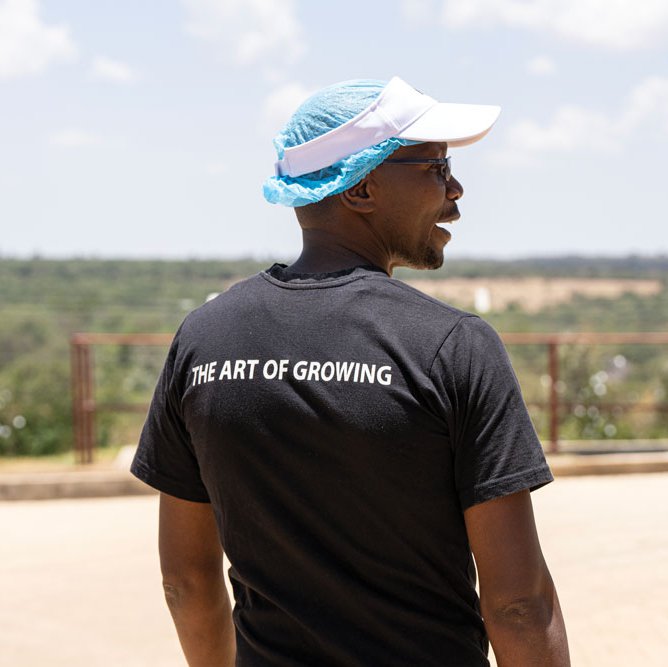
Frank Obure, general manager AAA Growers
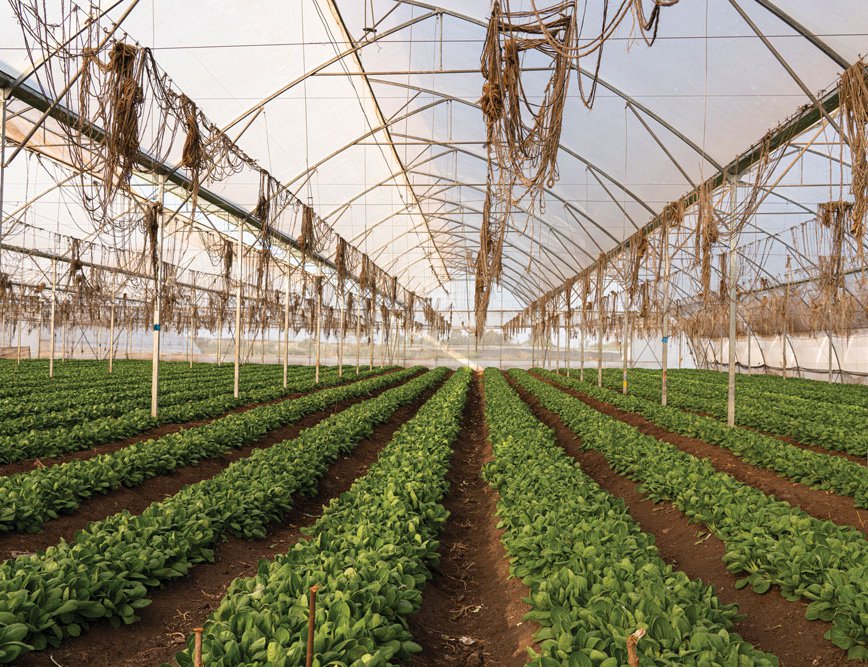
Crops such as pak choi Romaine lettuce and capsicum are grown in greenhouses
Spinneys Produce Commercial Manager Neil Gibson says…
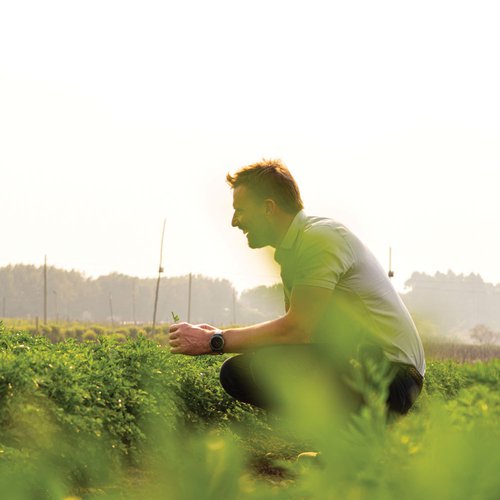
We like that AAA Growers is a family-owned business – and one that is able to offer us a range of nutrient-rich, flavourful herbs and vegetables. The team invests in agriculture, is conscious about the environment and how crop cycles can be managed accordingly, and they’re always looking to remove as many pesticides as possible in their processes. We were excited to receive our first sea shipment of organic avocados from AAA. Buying such a large quantity of avocados from a single grower was a first for us – and we’re happy with the quality of the fruit.


